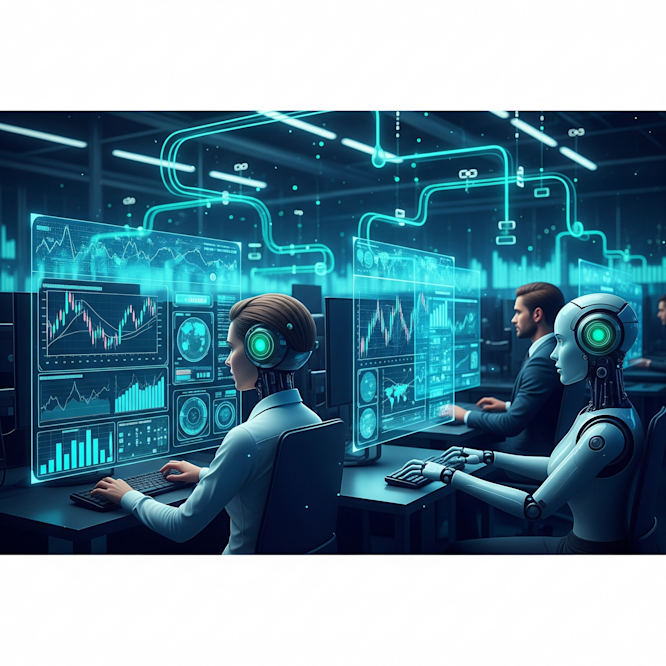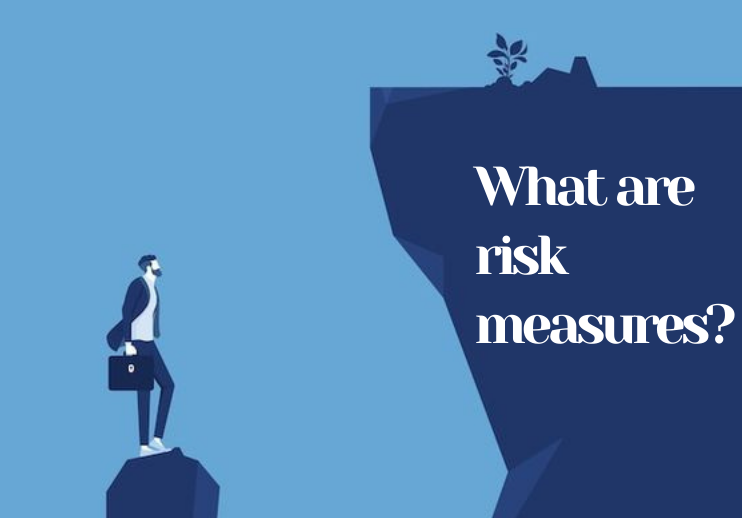Trading Bots Are Getting Smarter: 7 AI Secrets Driving Algorithmic Trading in 2025
Algo Trading Specifics
If you think algorithmic trading was already advanced, think again. In 2025, AI and machine learning aren’t just supporting trading strategies—they’re leading them.
From pattern recognition and adaptive strategy selection to real-time news analysis and sentiment scoring, AI-powered algos are setting a new benchmark for speed, accuracy, and autonomy.
So, what’s driving this evolution—and how can traders, platforms, and investors keep up?
Let’s break down the 7 best AI-driven practices powering the new wave of intelligent trading bots in 2025.
1. Adaptive Strategies That Learn on the Fly
Unlike traditional algos that follow fixed rules, modern AI models self-adjust based on market conditions. Using reinforcement learning and historical feedback loops, bots can now:
Detect regime shifts (bull vs bear)
Alter risk levels dynamically
Switch between trend-following and mean-reversion models
This flexibility allows strategies to evolve without human intervention.
2. Feature Engineering with Deep Market Signals
Data is the new oil—but AI refines it into actionable fuel. AI traders in 2025 are trained on:
Order book dynamics
Real-time volatility clusters
Macro indicators + Twitter sentiment + economic calendars
Machine learning models use feature selection and reduction to isolate the most predictive variables—something even experienced traders can miss. If you’re new to these concepts, check out our primer on low-risk algo strategies for beginners.
3. Sentiment Analysis from News & Social Media
Natural Language Processing (NLP) has advanced dramatically. Modern algo platforms are:
Parsing tweets, headlines, earnings call transcripts
Scoring sentiment in milliseconds
Executing trades based on tone shifts and event triggers
This gives AI bots a human-like edge—without the bias.
4. Auto-Generated, Backtested Strategies
Thanks to generative AI, traders can now input:
“Create a momentum strategy with stop-loss and RSI-based entry”
And the platform auto-generates:
The code
The logic
A complete backtest summary
It’s strategy-as-a-service, built in seconds.
5. Risk Management That Learns
AI isn’t just helping you trade—it’s helping you protect your capital. Machine learning models now:
Predict drawdowns
Trigger pre-emptive de-leveraging
Optimize position sizing based on real-time risk exposure
Think of it as a smart safety net—reactive, predictive, and fast.
6. Portfolio Optimization via Reinforcement Learning
Instead of rebalancing quarterly, smart portfolios now learn from every tick. AI allocators run continuous simulations to:
Adjust asset weights
Reduce correlation risks
Maximize Sharpe ratio in real time
This isn’t robo-advisory—it’s robo-portfolio mastery.
7. Seamless Multi-Asset, Multi-Market Execution
The most advanced AI bots operate across markets and time zones—crypto, commodities, FX, equities—adapting logic to different asset behaviors.
AI models are trained to detect:
Market-specific volatility norms
Seasonal anomalies
Asset-class risk contagion (e.g., gold vs S&P correlation shifts)
Final Thoughts: Adapt or Miss the Trade
AI is no longer a “nice to have” in algorithmic trading. It’s the backbone of modern strategy execution. Platforms, brokers, and traders who adopt these best practices in 2025 will unlock faster execution, smarter insights, and more resilient profits.
If your algo platform isn’t learning—you’re already lagging.


